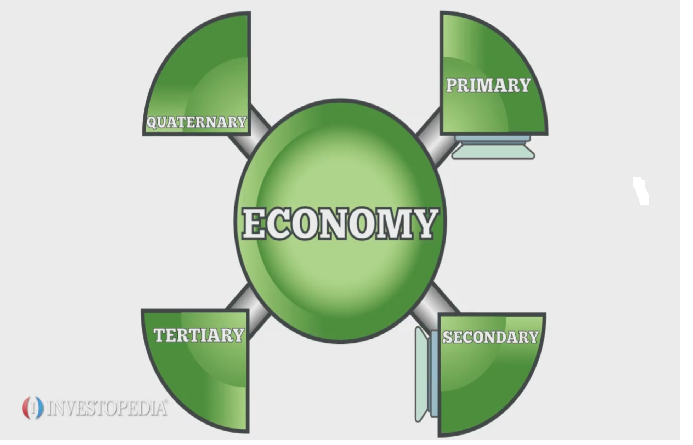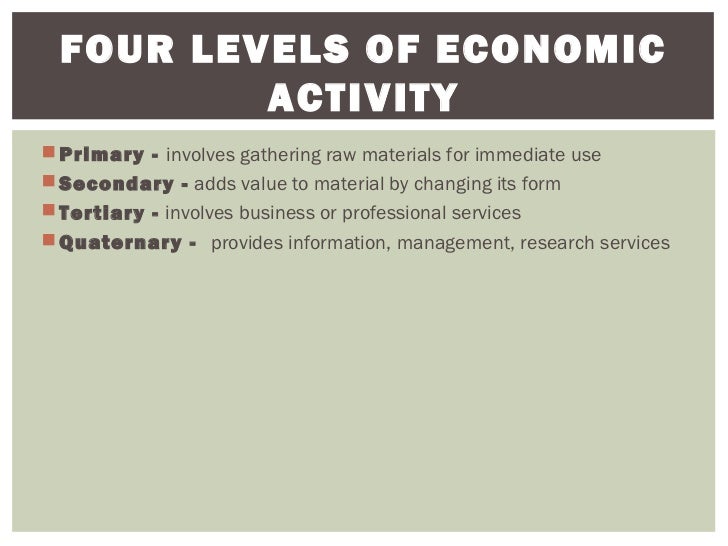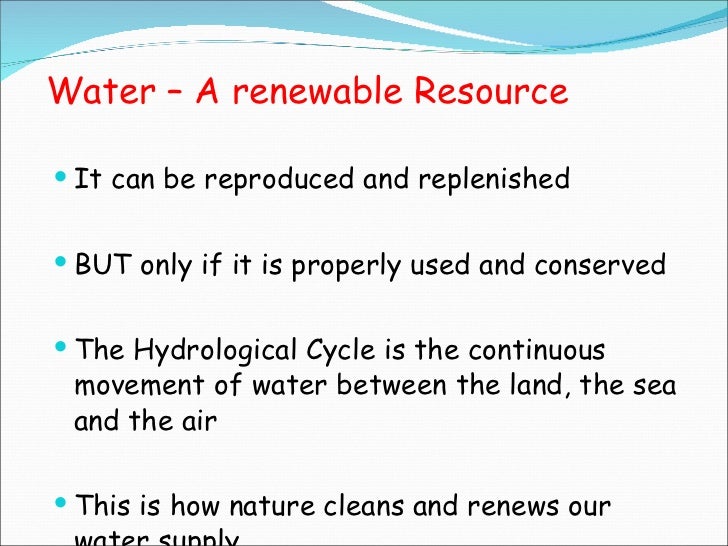

Expansion of infrastructures such as roads, electric power, telecommunication etc.Even though the country is believed to have wide mineral potential, the contribution of the mining sector to the national economy has been a maximum of 6%. Artisanal mining on the other hand is likely to involve several hundred thousand workers. Employment opportunity : The contribution of mining to employment in Ethiopia is today small (a few thousand), as the sector is small and mining is not a labour-intensive industry.This export earning contributes up to 7-10 % of the total export foreign currency earnings of the country.

Generates foreign currency earnings: The amount of foreign currency earning is about 135 million dollars every year for the last couple of years from the sales of export of minerals such as gold, tantalite concentrate platinum, decorative dimension stones and gemstones.
 Generates revenue from sales, taxes, royalty: The federal government has been collecting royalty of about 48.5 million birr (4.4 million USD) from the large-scale production of gold every year for the last three years. The importance of Mining sector in Ethiopia a. The mining stakes in Ethiopia are held by: The Ethiopian Mineral Development Share Company, a Government organization (EMDSC) established in 2000 is engaged in all mining activities in the country the Ezana Mining Development, the Midrock Gold, a subsidiary of Midrock Gold Group, and the National Mining Corporation (set up in 1993). The total investment amount registered by the private sector to date is about 1.1 Billion US Dollars where by 95 % percent of it is direct foreign investment for the development of precious and industrial minerals. The Mining laws of Ethiopia have been issued in 1993 and amended recently, to attract private sector investment compared to other developing countries mining codes. Status of the mineral sector investment in Ethiopia The gas resources potential of these fields has been assessed as 4.6 Trillion Cubic Feet (TCF). The gas fields are located in the south-eastern part of the country at Calub, Hilala and Genale gas fields in the Ogaden Basin. There is also large input of construction minerals such as sand, gravel, scoria, crushed stones, aggregates, pumice, scoria, etc to the construction industry (including buildings, roads, dams, bridges etc.). The reserve at Lake Abiyata and the surrounding lakes exceeds 460 million tons of sodium carbonate at salt concentration ranging from 1.1 to 1.9%. Soda ash is being mined at Lake Abiyata in the Rift Valley about 200 kilometers south of Addis Ababa. Ethiopia presently supplies close to ten percent of the World production of tantalum and has a good potential for a considerable expansion of the percentage. At present it is producing over 190 tons of tantalite concentrate of tantalite colombite ore per annum. There is also small-scale open pit mine of columbo-tantalite at Kenticha in the Adola belt. It is operated by private company with estimated reserve of 82 tons and an average annual production of 3.6 tons of gold. So far, the developed large scale gold mine in Ethiopia is the Lege-dembi gold mine, located in the southern greenstone belt region. The oldest (Precambrian) rocks and the sedimentary (Mesozoic) rocks host most of the economic metallic and nonmetallic mineral deposits in Ethiopia. Currently, mining contributes to only 1.5 % of GDP (USD 32 billion).Īs you have seen in chapter two, the Geology of Ethiopia and the Horn, mineral occurrences are associated with the geologic process. Mining is important to the economy of Ethiopia. They form important part of natural resources.
Generates revenue from sales, taxes, royalty: The federal government has been collecting royalty of about 48.5 million birr (4.4 million USD) from the large-scale production of gold every year for the last three years. The importance of Mining sector in Ethiopia a. The mining stakes in Ethiopia are held by: The Ethiopian Mineral Development Share Company, a Government organization (EMDSC) established in 2000 is engaged in all mining activities in the country the Ezana Mining Development, the Midrock Gold, a subsidiary of Midrock Gold Group, and the National Mining Corporation (set up in 1993). The total investment amount registered by the private sector to date is about 1.1 Billion US Dollars where by 95 % percent of it is direct foreign investment for the development of precious and industrial minerals. The Mining laws of Ethiopia have been issued in 1993 and amended recently, to attract private sector investment compared to other developing countries mining codes. Status of the mineral sector investment in Ethiopia The gas resources potential of these fields has been assessed as 4.6 Trillion Cubic Feet (TCF). The gas fields are located in the south-eastern part of the country at Calub, Hilala and Genale gas fields in the Ogaden Basin. There is also large input of construction minerals such as sand, gravel, scoria, crushed stones, aggregates, pumice, scoria, etc to the construction industry (including buildings, roads, dams, bridges etc.). The reserve at Lake Abiyata and the surrounding lakes exceeds 460 million tons of sodium carbonate at salt concentration ranging from 1.1 to 1.9%. Soda ash is being mined at Lake Abiyata in the Rift Valley about 200 kilometers south of Addis Ababa. Ethiopia presently supplies close to ten percent of the World production of tantalum and has a good potential for a considerable expansion of the percentage. At present it is producing over 190 tons of tantalite concentrate of tantalite colombite ore per annum. There is also small-scale open pit mine of columbo-tantalite at Kenticha in the Adola belt. It is operated by private company with estimated reserve of 82 tons and an average annual production of 3.6 tons of gold. So far, the developed large scale gold mine in Ethiopia is the Lege-dembi gold mine, located in the southern greenstone belt region. The oldest (Precambrian) rocks and the sedimentary (Mesozoic) rocks host most of the economic metallic and nonmetallic mineral deposits in Ethiopia. Currently, mining contributes to only 1.5 % of GDP (USD 32 billion).Īs you have seen in chapter two, the Geology of Ethiopia and the Horn, mineral occurrences are associated with the geologic process. Mining is important to the economy of Ethiopia. They form important part of natural resources. 
Minerals are naturally occurring organic and inorganic substances. Mining involves the search for minerals from the crust of the earth.








 0 kommentar(er)
0 kommentar(er)
